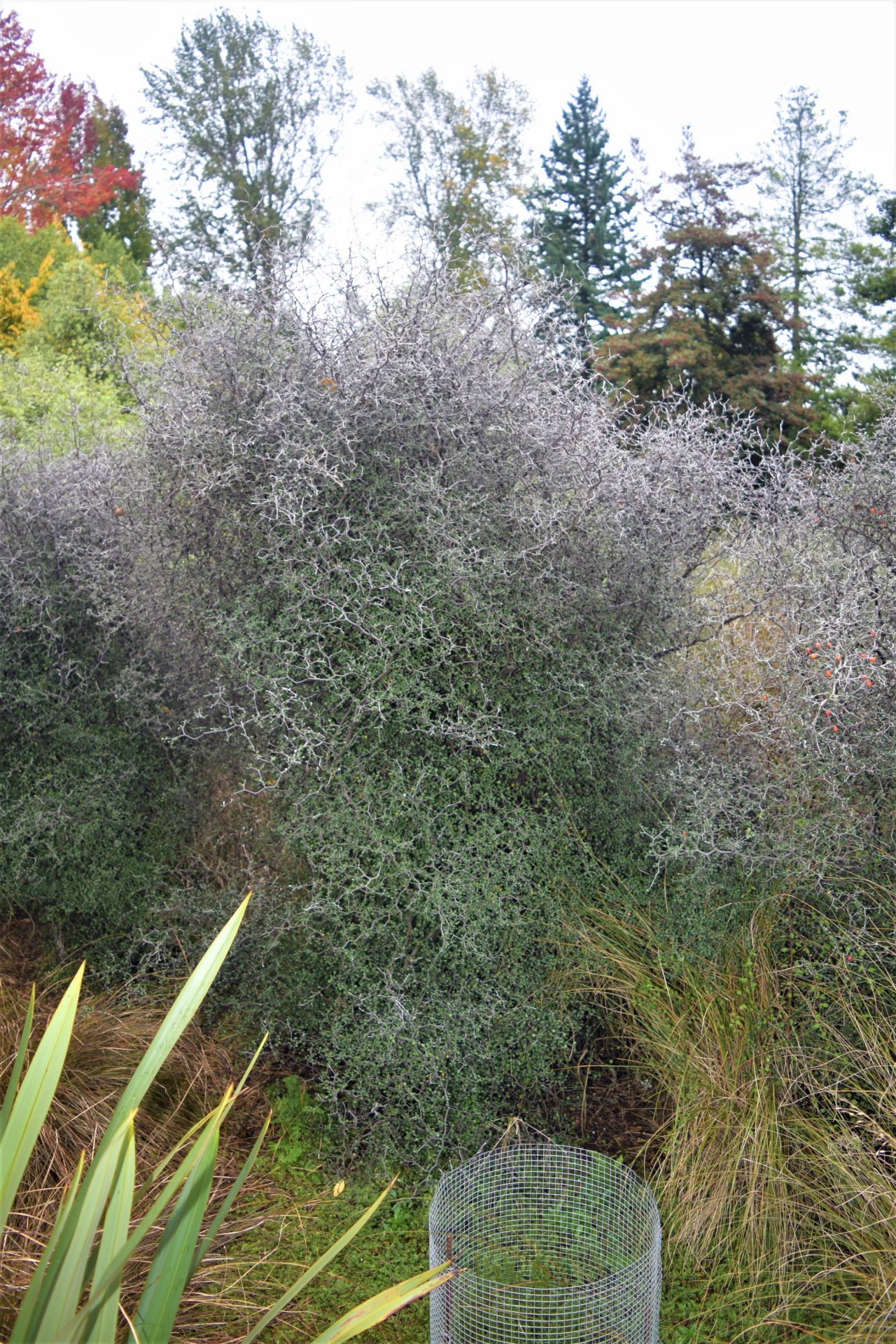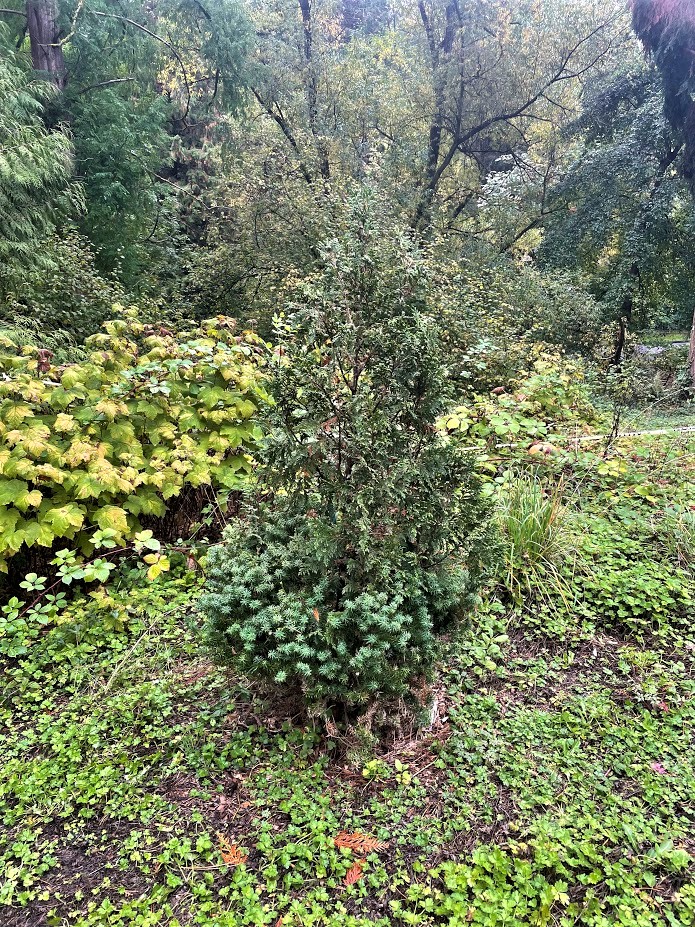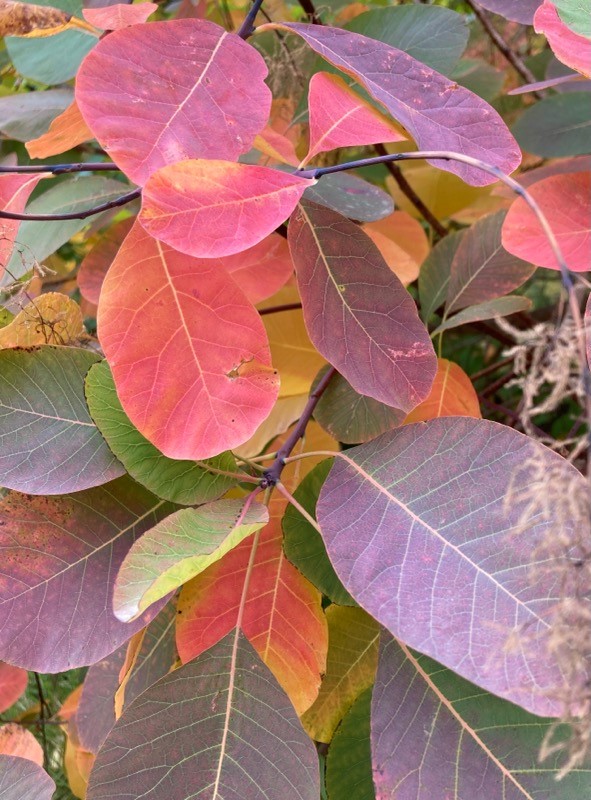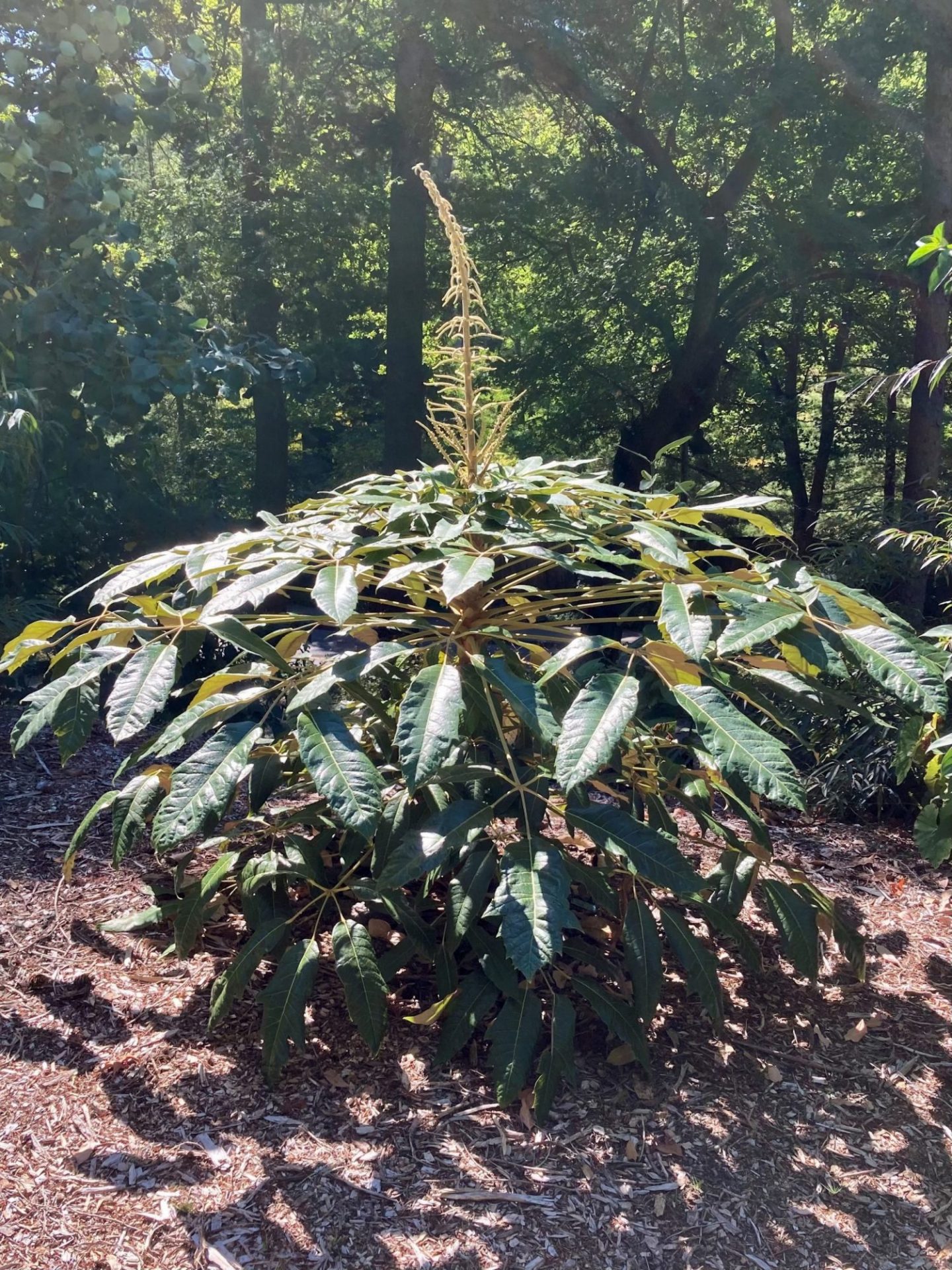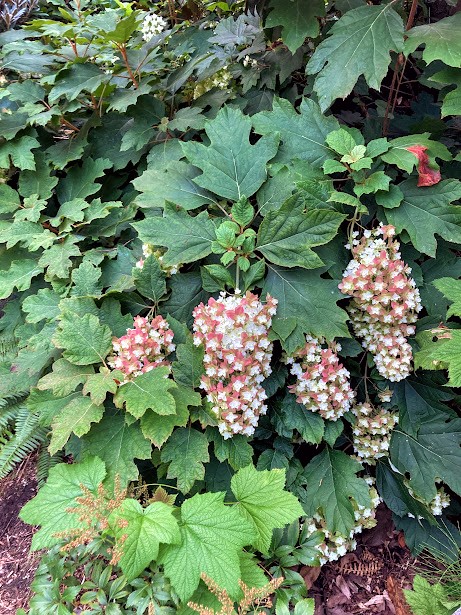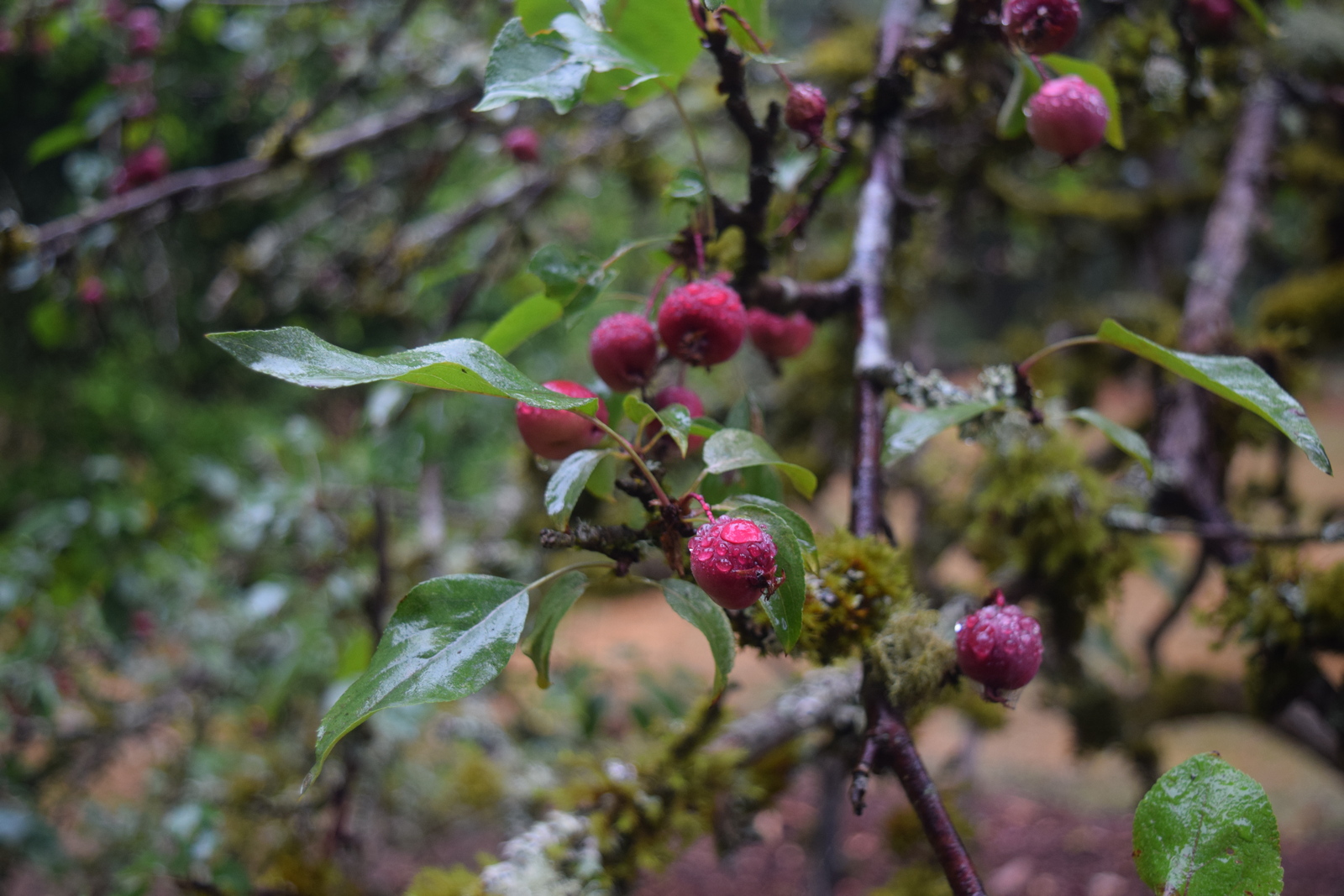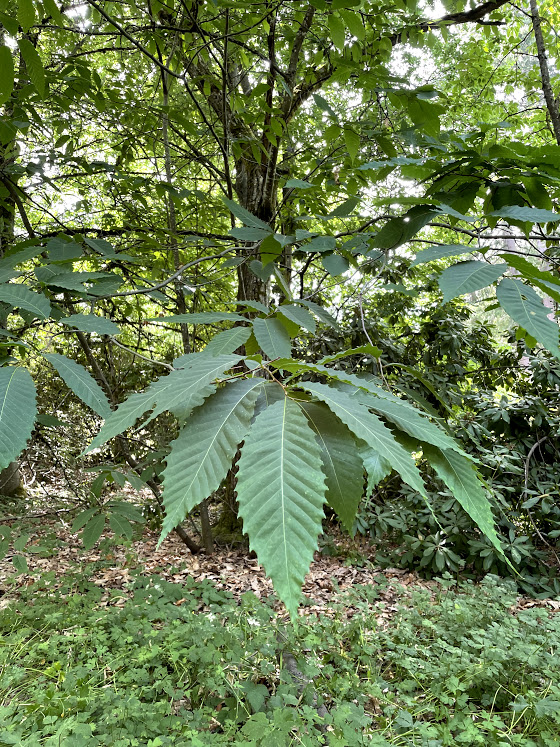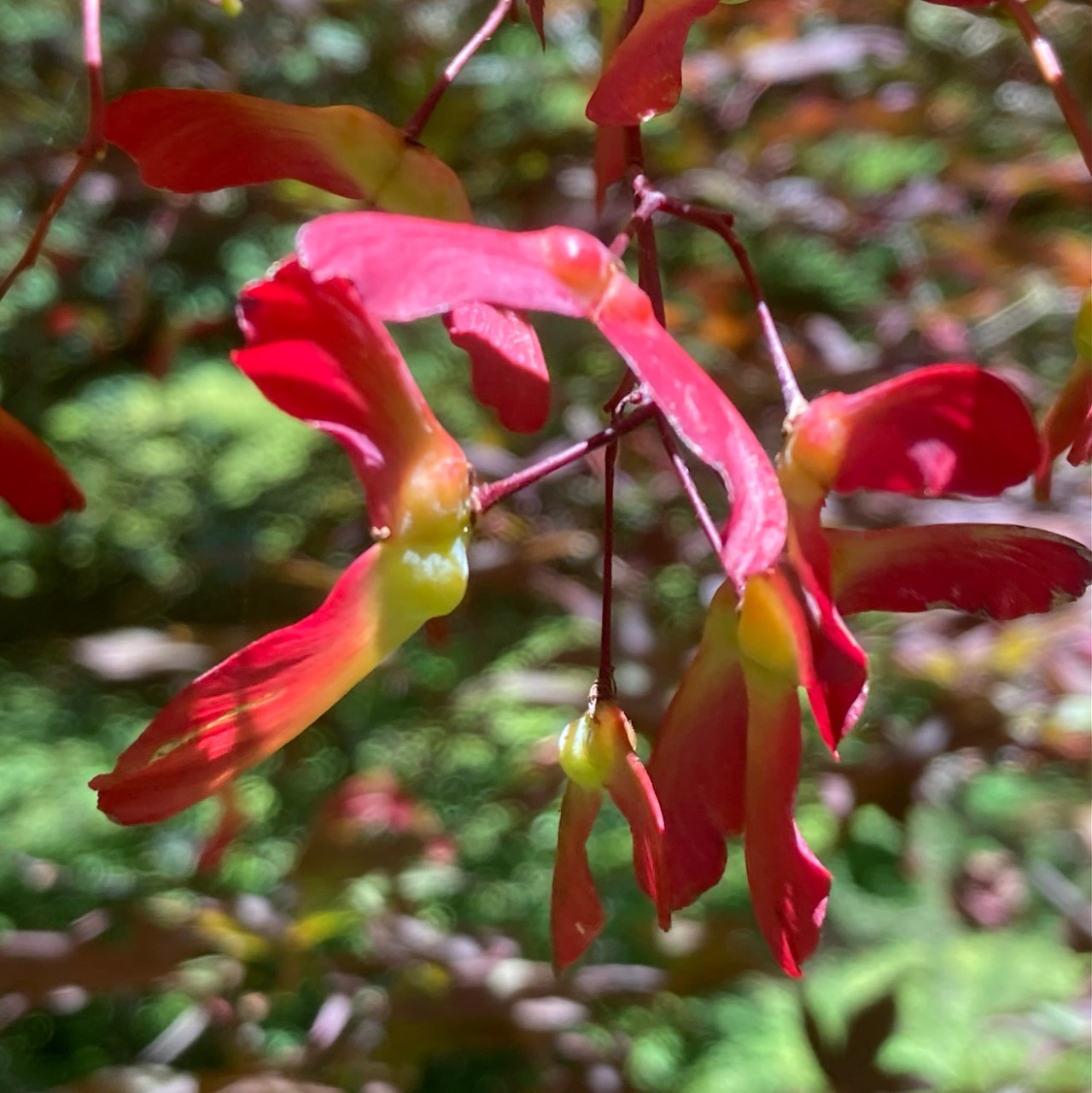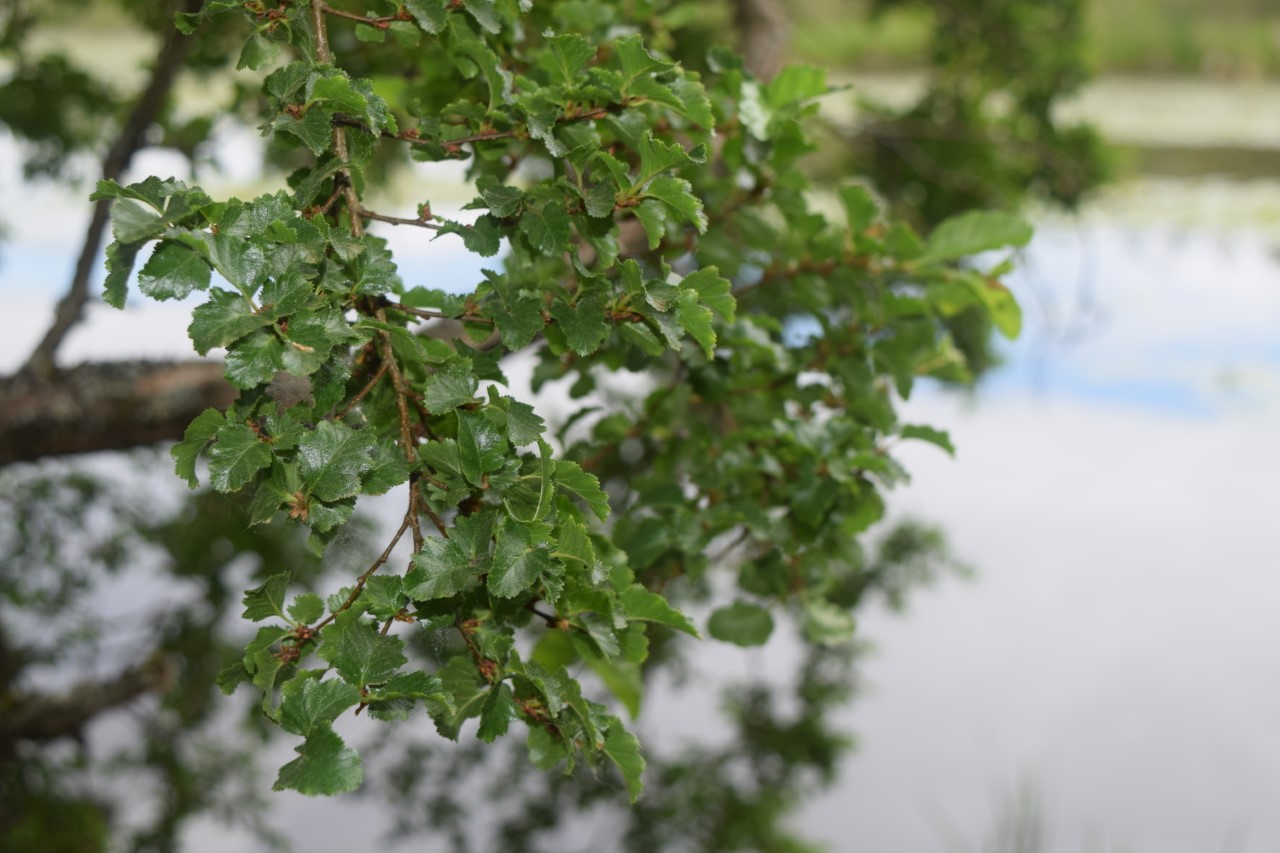1) Corokia cotoneaster Wire-netting Bush The common name of this species of Corokia aptly describes its wiry branches and tangled growth form. Growing into a dense bush of 1-3 meters, it has small dark-green or bronze leaves. A native of New Zealand, C. cotoneaster is found in dry and stony places throughout its homeland, and is extremely tolerant of dry and exposed conditions.
Read more »Selected Plants From the Garden of Dr. Wott
Although Dr. John A. Wott, retired Professor Emeritus, Urban Horticulture at the University of Washington and former Washington Park Arboretum Director, recently passed at the age of 82, his work and his plants continue on at the Arboretum. His garden was full of rare, unusual, and fascinating plants and these are a few of the plants that were donated to the Arboretum by Dr.
Read more »Fall Selections at the Washington Park Arboretum
1) Cotinus obovatus American Smoketree One of the earliest and most stunning of fall color plants, the leaves of Cotinus obovatus become a palette of orange, purple and crimson. One specimen can be seen along Arboretum Drive, just south of the Graham Visitor Center. Another specimen that is already in full glory is located on Azalea Way near the southern intersection of the Arboretum Loop Trail.
Read more »September Specials at the Washington Park Arboretum
1) Schefflera delavayi Delavay’s Schefflera Unlike the Schefflera houseplant that may seem familiar to some, this interesting character is cold hardy and grows exceptionally well in outdoor Pacific Northwest settings. Bold evergreen leaves form an umbrella-like canopy. As the new leaves slowly develop, they are covered in tan indumentum, but eventually become a beautiful dark green. Pale yellow flower spikes reaching upwards of three feet emerge in early autumn for a unique display.
Read more »Late Summer Interest at the Washington Park Arboretum
1) Hydrangea quercifolia ‘Brido’ Oakleaf Hydrangea Oakleaf Hydrangeas are native to the American South and are prized in horticulture for their distinctive oak-shaped leaves, reddish peeling bark, and large pyramids of flowers. ‘Brido’ features large double flowers that morph from white to pink with age. You can find these showy shrubs around the Graham Visitors Center’s southern patio. 2) Billardiera longiflora Climbing Blueberry This small evergreen vine is native to Australia and is most common in Tasmania, but also grows in New South Wales.
Read more »A Town Called Malus
This week’s selections honor the area we call Crabapple Meadow and the residing collections therein. Each summer, the Meadow becomes home base for our annual summer camp participants and instructors and with this year’s season winding down, we feel it is a good time to recognize a handful of our terrific Malus specimens. 1) Malus ‘Sundog’ The “Flowering Crabs” comprise a genus of some 35 species of deciduous trees found throughout northern temperate regions.
Read more »Selected Mid-Summer Cuttings from the WA Park Arboretum
1) Castanea dentata American Chestnut American Chestnut once dominated many forests from Maine and southern Ontario to Mississippi and from the Atlantic coast to the Appalachian Mountains, and was once one of the most common trees in the northeastern United States. American Chestnut suffered a catastrophic population collapse due to the chestnut blight, a disease caused by an Asian bark fungus (Cryphonectria parasitica).
Read more »Early Summer Selected Cuttings at the Washington Park Arboretum
1) Acer palmatum ‘Nuresagi’ Japanese Maple Now that the vivid colors of the emerging foliage of Japanese Maples have faded, it is time to appreciate the summer beauty of the sometimes, very colorful samaras (winged achene containing the maple seed). Not all Japanese Maples produce showy samaras, but some cultivars are known specifically for this. Acer palmatum ‘Nuresagi’ (“nuresagi” translates to “wet heron”) is located at the edge of the Upper Woodland Garden Pond.
Read more »Trees of the Lagoon
The peninsula north of the Linden Parking Lot (#16) is sometimes referred to as the Lagoon. Enjoy these trees while walking, birding, viewing wildlife, or boating. 1) Nothofagus antarctica Antarctic Beech This tree is native to southern Chile and Argentina. A deciduous tree with shaggy bark and small glossy leaves can be found north of the canoe launch. It was once believed to be the southernmost growing tree on Earth until 2019, when a Nothofagus betuloides was found on the same island just slightly further south on Hornos Island, Chile.
Read more »Spring is officially under way in the lovely Pacific Northwest!
Here’s a small peek at a few of the many plants here at the Washington Park Arboretum that are showing off their unique spring features. 1) Cercis canadensis Eastern Redbud One can’t help but admire this small, often multi-stemmed flowering tree as its glowing, purple-pink buds break out in spring through early summer. With stunning cultivars such as ‘Appalachian Red’ and ‘Forest Pansy’ being highlighted in botanic gardens and arboreta, popularity has soared over the past several decades.
Read more »